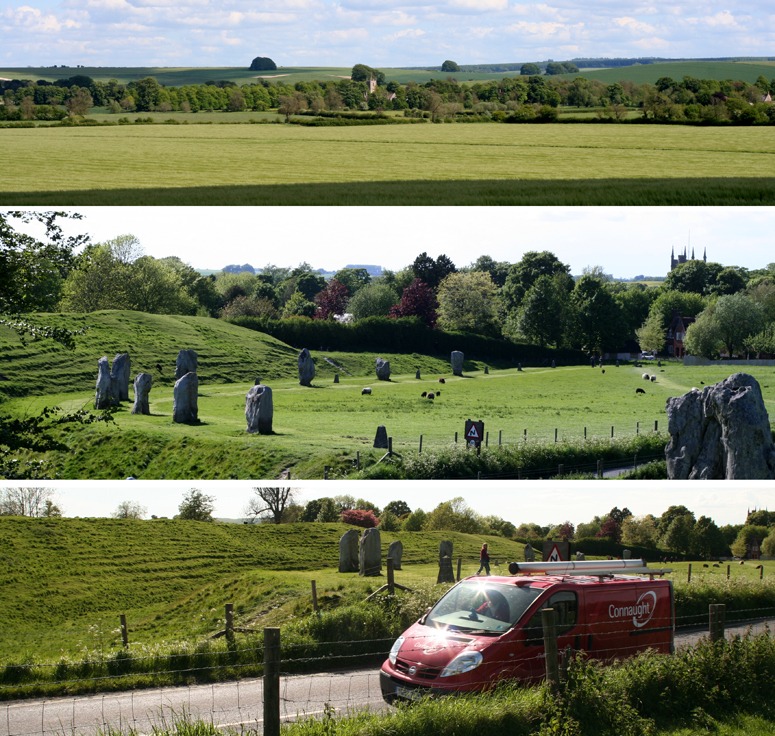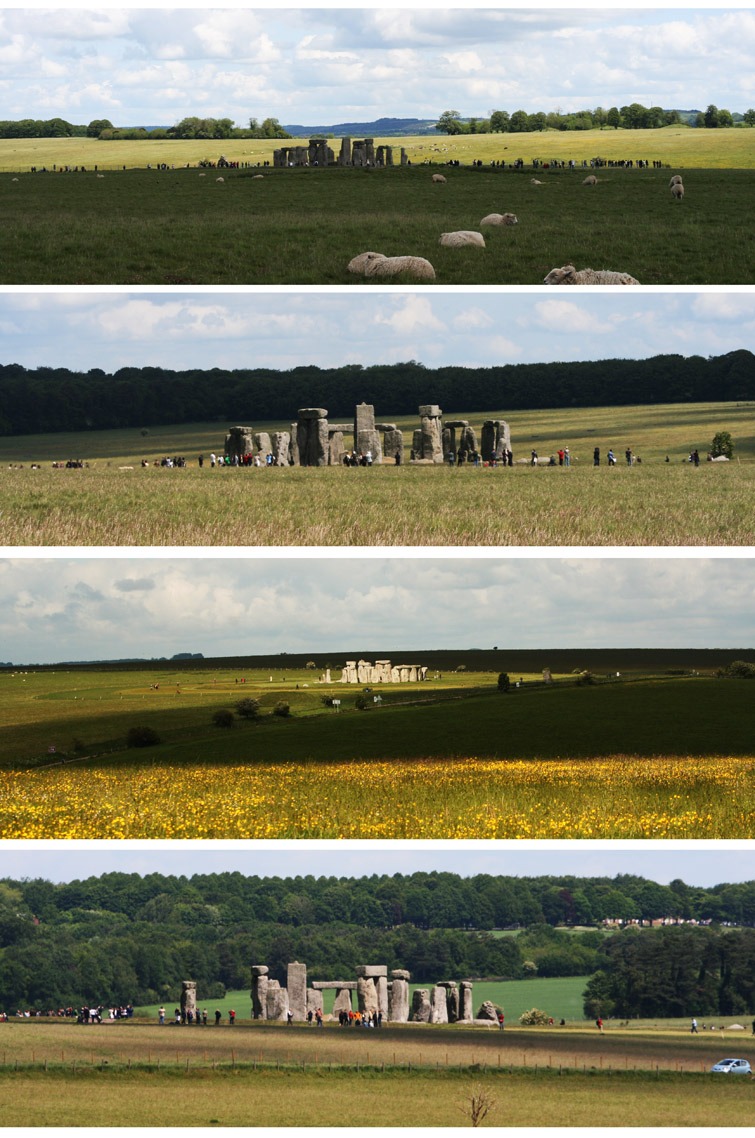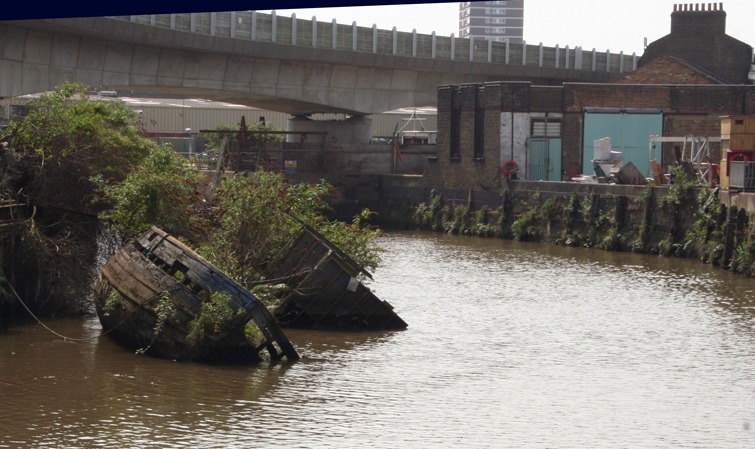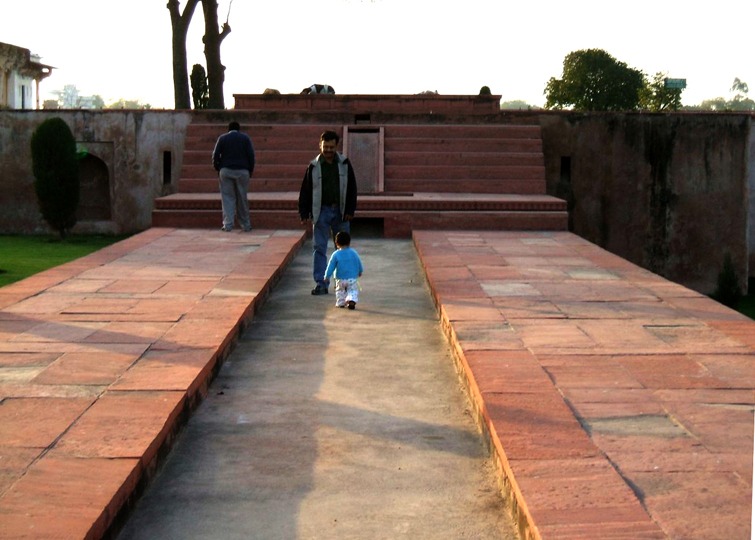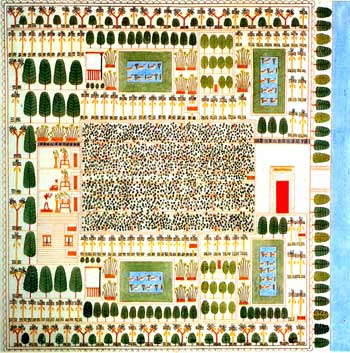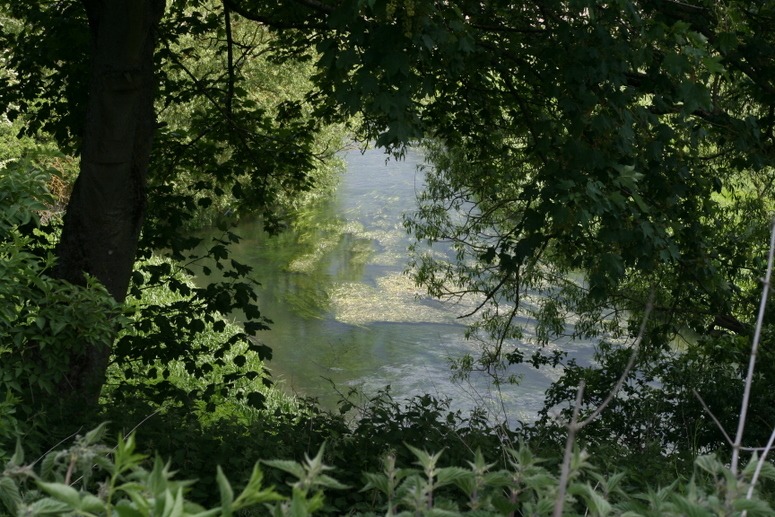
The River Avon, near Durrington Walls and Stonehenge, might have been as sacred as the River Ganges at Varanasi
ITV’s Timewatch broadcast a very good programme on the Stonehenge Riverside Project. Led by Mike Parker Pearson, from 2003-9, it studied the landscape setting of the monument. Parker Pearson presented the argument with brilliance, acknowledging other views and gaps in the evidence. This contrasted with other theorists (eg of Stonehenge as an astronomical observatory or a healing centre) who have seemed too partisan. As the name suggests, the Stonehenge Riverside Project theory is that the riverside was the key feature in the prehistoric landscape and that it was used for the disposal of ashes from the cremation of those who had died during the year. This gives a comparability with Varanasi and Hindu culture. Parker Pearson also argued that Durrington Walls (Britain’s largest henge circle, a few miles from Stonehenge) was ‘the land of the living’ (a settlement) while Stonehenge was ‘the land of the dead’ and that there was a processional route between them, along the River Avon. This gives a comparability with Thebes, though Egyptian processions crossed the Nile, and leads to the question (to which my answer is ‘Yes, definitely’) ‘Should Stonehenge and Durrington Walls feature in the history of garden and landscape design?’
One thought left in my mind by the programme was how much more dignified ancient funeral rites were than their modern equivalents. Britain has a ghastly collection of semi-secular-municipal-multi-faith ‘chapels’ with maudlin decor and tawdry music systems. I would much rather be cremated on an open fire and have my ashes strewn in a wild and beautiful landscape, without the taint of municipal officialdom or a level of ‘funeral parlour hucksterdom’ which makes Varanasi seem efficient, fair and well-run, as well as spectacularly beautiful and profoundly spiritual.
George Harrison of the Beatles was cremated and his ashes were cast into the Ganges.

